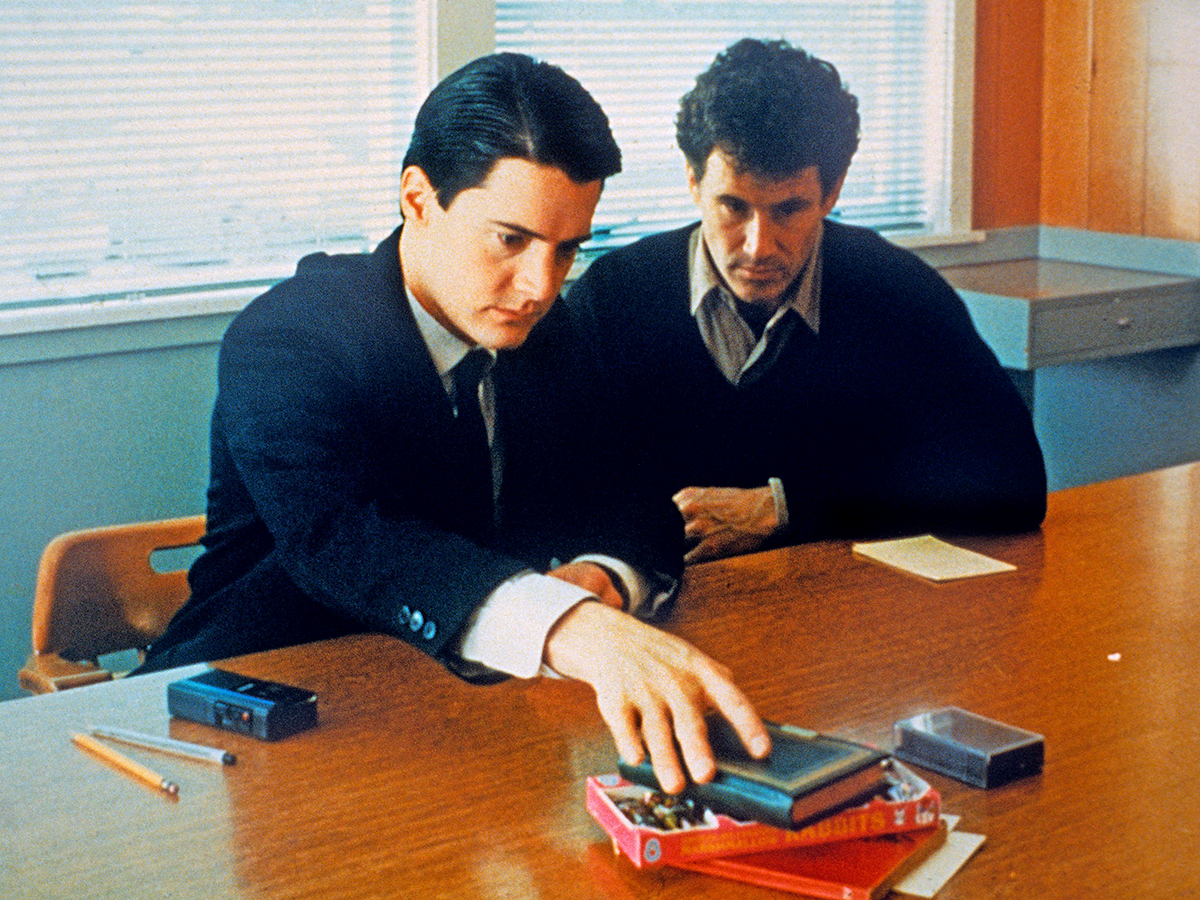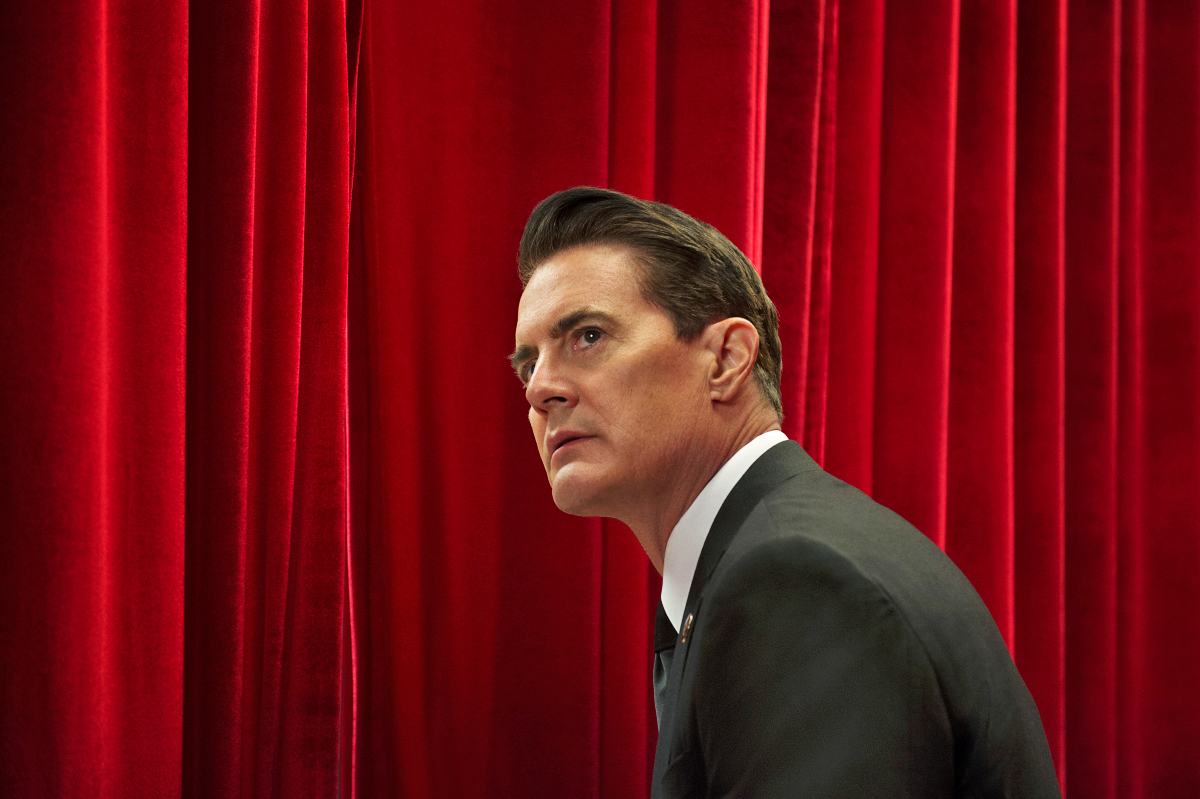Wonderful & Strange: Why Viewers Love the Unsettling World of 'Twin Peaks'
Was "Twin Peaks" a soap opera, a procedural whodunit, an episodic art-house movie? It was all those things, but it was also something that nobody expected — an instant cult hit. Audiences were as captivated by the oddball residents of the tiny mill town — and by the mystery of who killed Laura Palmer — as FBI agent Dale Cooper was enthralled by the local diner's bottomless mugs of coffee, "black as midnight on a moonless night."
Now, nearly three decades since first airing on ABC, director David Lynch's unsettling dramatic series has returned to Showtime, picking up where it left off — mesmerizing (and perplexing) rapt audiences. There are plenty of familiar faces from the 1990s-era drama, including central character Agent Cooper (Kyle MacLachlan), as well as new cast members, and the story centers around Cooper's "odyssey back to Twin Peaks," Showtime CEO David Nevins told the film website Indiewire. [15 Weird Things Humans Do Every Day, and Why]
"Twin Peaks" is an unlikely television success story: Its pacing is slow, its narrative is by turns banal, surreal and disturbingly violent. What explains the enduring appeal of Lynch's unique and profoundly weird brand of storytelling?
The pull between opposites — good and evil, normal and weird — may be part of the draw of the TV series, experts told Live Science. As such, perhaps "Twin Peaks" character Donna Hayward, played by Lara Flynn Boyle from 1990 to 1991, best described the show itself when she mused, "It's like I'm having the most beautiful dream and the most terrible nightmare all at once."
Dark undercurrents
The ongoing world of "Twin Peaks" recalls many small towns in America, where people simply go about their lives, even when something extraordinary happens. But darkness and violence lurk below that shiny surface, and revealing those hidden pockets of ugliness was already a trademark of veteran filmmaker Lynch ("Eraserhead," "The Elephant Man," "Blue Velvet") before he ventured into television, Violet Lucca, a digital producer for Film Comment magazine, told Live Science.
Lynch's art-school training informed how he staged and filmed the show. The leisurely pace of camera movements and transitions, the static scenes in which the actors are barely moving, the forays into visually bizarre dream sequences — these all reflect his background as a fine-art painter, and lend a unique perspective to his exploration of the nasty secrets concealed by near-perfect veneers of suburban life in America, Lucca said.
"He brought an avant-garde approach to filmmaking, but he was also interested in the American vernacular," she said. Simple, everyday things considered to be uniquely American — such as coffee, pie and diners — emerged as important touchstones for "Twin Peaks" characters, Lucca explained. [The Strangest Places on Earth (Photos)]
Sign up for the Live Science daily newsletter now
Get the world’s most fascinating discoveries delivered straight to your inbox.

But Lynch also incorporated tried-and-true dramatic techniques employed by traditional television programs — such as soap operas — to draw audiences in and keep them coming back for more, Dustin Kidd, a pop-culture expert and associate professor in the sociology department at Temple University in Philadelphia, told Live Science in an email.
"The emphasis is on tension, rather than resolution, so each episode ends in a cliffhanger that builds anticipation for the next episode," Kidd said. "Soap operas build their audiences by rewarding the committed viewer who never misses an episode. On 'Twin Peaks,' there was the promise that the viewer might solve the case if she watched closely and faithfully enough," he explained.
"It is happening again"
Surging cultural nostalgia — which is driving revivals on streaming services of shows that were popular decades ago, such as "Gilmore Girls," "X-Files" and "One Day at a Time" — might explain why the return of "Twin Peaks" was so greatly anticipated, Kidd said.
Though perhaps audiences still respond so strongly to "Twin Peaks" because the uneasy interplay between good and evil in that world is more like our own that we would care to admit, Lucca said. Bad things happen every day — sometimes very bad things — which can't be explained. And just like the beleaguered characters of "Twin Peaks," people must still find a way to survive alongside the darkness, she added.

"There are a lot of awful things in the world that are beyond our control," Lucca told Live Science. "Seeing how horrific those things are and trying to come to terms with our powerlessness in the face of them — that's a lot of what 'Twin Peaks' is about."
The new 18-episode season on Showtime, which debuted May 21, was closely guarded to ensure there are no leaks before airing. Other than a preview of the first two episodes shown to a limited audience at the 2017 Cannes Film Festival, no advance screenings were provided to the press, leaving critics as much in the dark about what to expect as the show's eager audience, Variety reported in May. But perhaps that's for the best, as it leaves viewers to enjoy each new episode free of expectations and the possibility of spoilers.
And it wouldn't be at all inappropriate to enjoy the show with a side order of pie in "massive, massive quantities," as "Twin Peaks" character Gordon Cole — played by Lynch himself — once said, adding, "And a glass of water. My socks are on fire!"
Original article on Live Science.

Mindy Weisberger is an editor at Scholastic and a former Live Science channel editor and senior writer. She has reported on general science, covering climate change, paleontology, biology and space. Mindy studied film at Columbia University; prior to Live Science she produced, wrote and directed media for the American Museum of Natural History in New York City. Her videos about dinosaurs, astrophysics, biodiversity and evolution appear in museums and science centers worldwide, earning awards such as the CINE Golden Eagle and the Communicator Award of Excellence. Her writing has also appeared in Scientific American, The Washington Post and How It Works Magazine. Her book "Rise of the Zombie Bugs: The Surprising Science of Parasitic Mind Control" will be published in spring 2025 by Johns Hopkins University Press.









